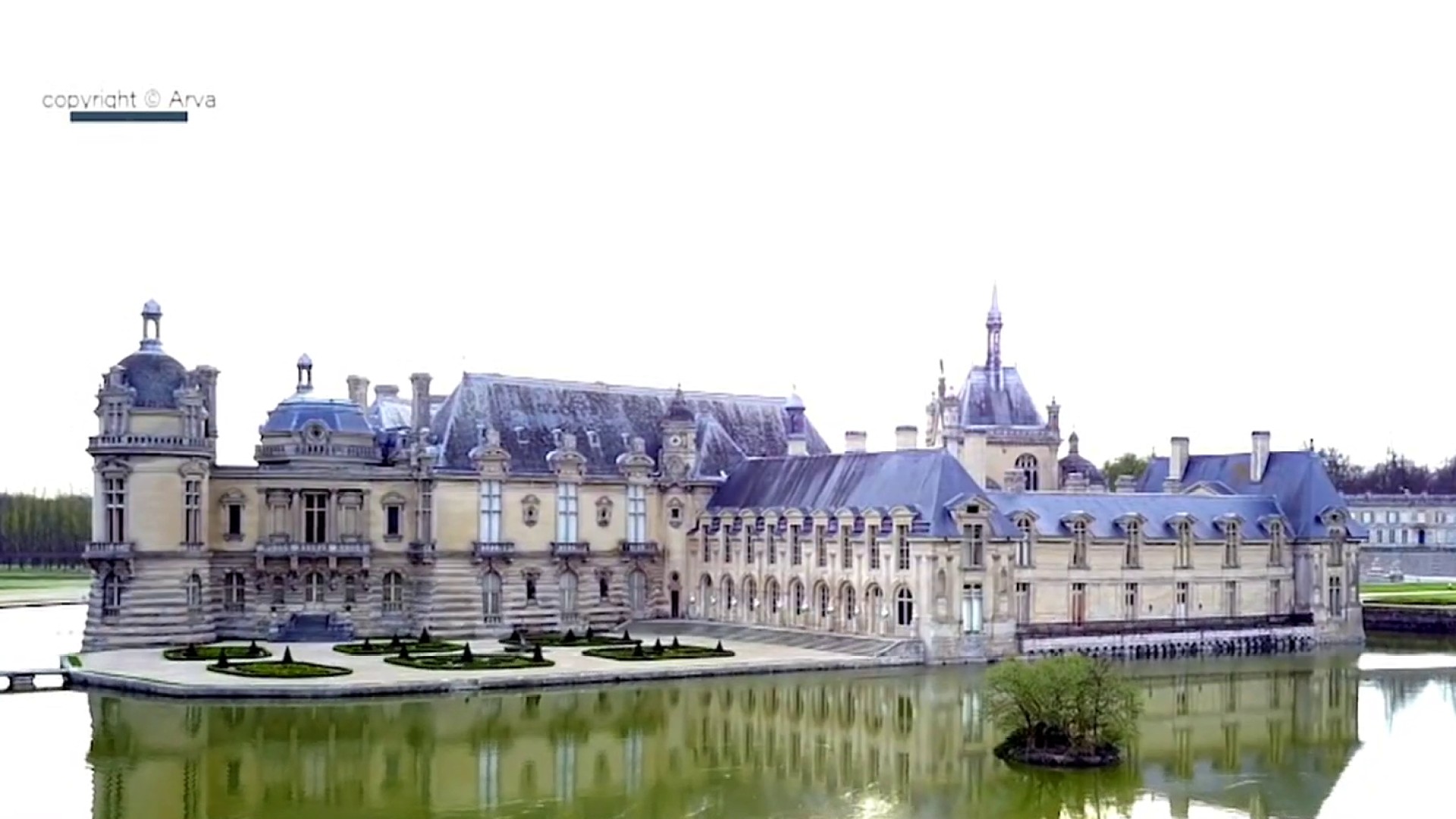WASHINGTON -- Crime cameras installed across the city have helped police with investigations and cut crime, the police chief said Monday.
Chief Cathy L. Lanier testified before the D.C. Council's Committee on Public Safety and the Judiciary that a review of the police department's performance during the past fiscal year showed the city was safer.
At the end of 2008, violent crime was down 5 percent and gun crimes also fell. This included a 12 percent cut in armed robberies and a 4 percent reduction in assaults with guns, Lanier said. Last summer, fewer gun crimes were reported than during any summer since at least 2003.
The chief said that the city's dozens of crime cameras, installed at a cost of $4 million, have contributed to a decrease in violent crimes within 1,000 feet of each location.
Lanier's assessment comes about a month after the Washington City Paper published a story on crime cams in the District. The report did not give the cams a passing grade.
A follow-up a few days later didn't pull any punches:
One aggressive cop I talked to was just blunt about crime cameras. “It usually never captures anything because it slowly moves around,” the cop said. “The whole thing is kind of a joke."
Another cop, a police official, was more kind to Big Brother. “They’re fantastic at capturing,” the official said. “It’s evidence that they didn’t capture before. It’s always a little bit extra. There’s cameras all over the place. Better to have them then not have them.”
And finally, a retired cop, Lt. Michael Smith, says the cameras have one major flaw. “The biggest problem [is] that the cameras are not monitored as closely,” Smith explains. “Nobody is sitting there actually looking at the screen controlling them. You only get bits and pieces.”
Local
Washington, D.C., Maryland and Virginia local news, events and information
The camera program started in August 2006. There are now more than 70 crime cameras throughout the city. Wards 5 and 8 have the most cameras, with 12. Ward 3 has only two, the lowest number of any ward, according to the department's Web site.
Under D.C. law, the cameras can be trained only on public spaces, such as sidewalks and streets. They operate 24 hours a day; images are reviewed by police if crimes are reported nearby. Video recordings usually are kept for 10 days unless there is a criminal investigation and an arrest; then, the tapes are stored. The cameras do not record sound.
In her testimony, Lanier pointed out prosecutions in three homicide cases that benefited from tapes from the cameras. In November 2007, the cameras documented a homicide in progress, she said. That case has not been closed.
The cameras, Lanier said, "really help us build the case that we need."



